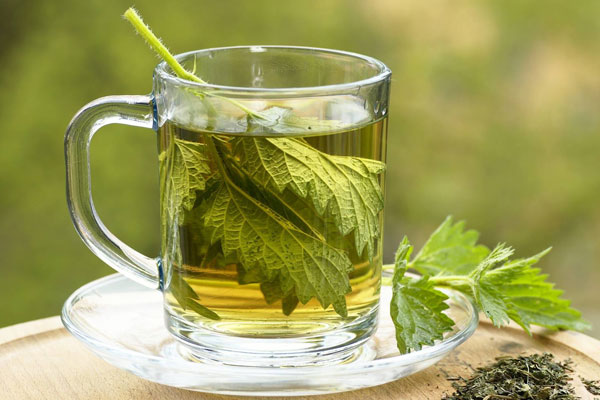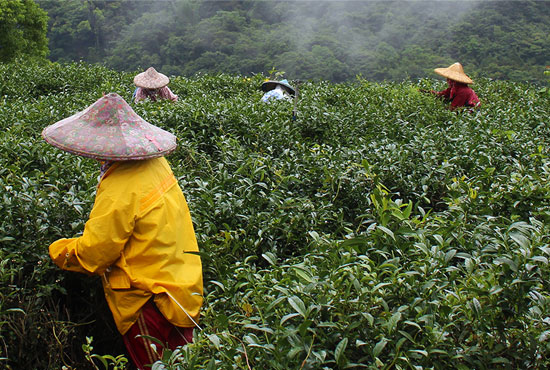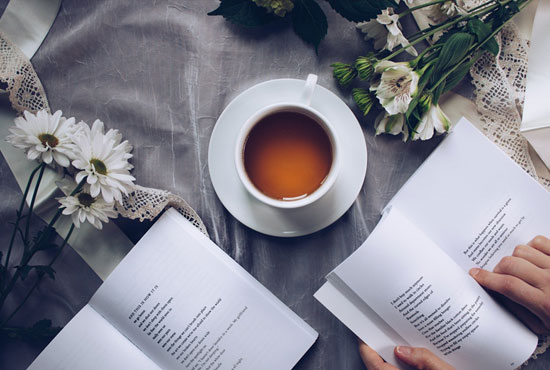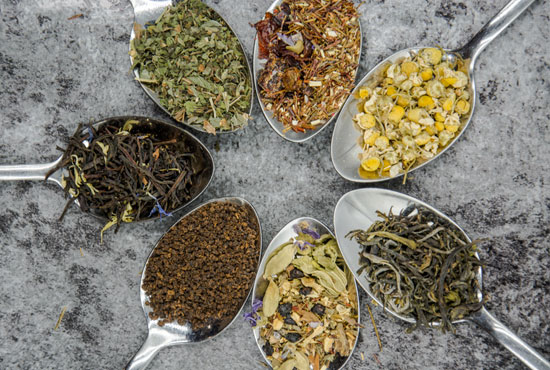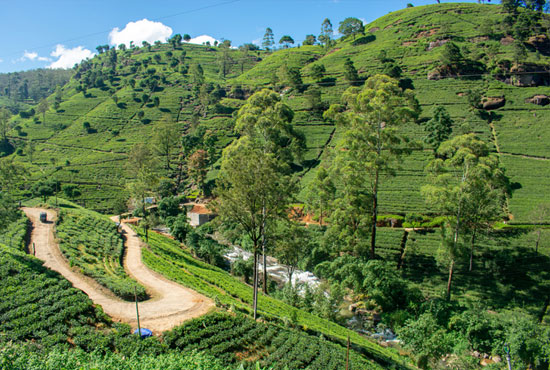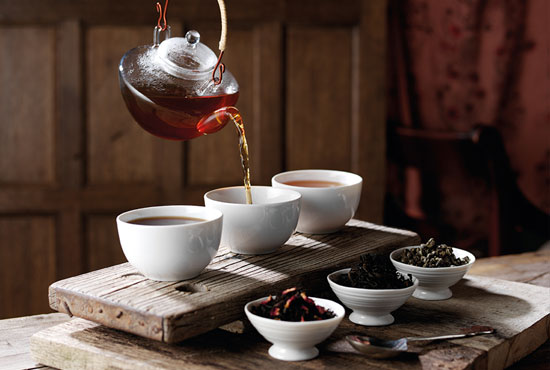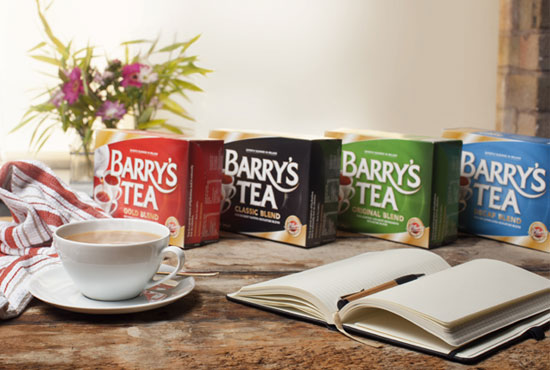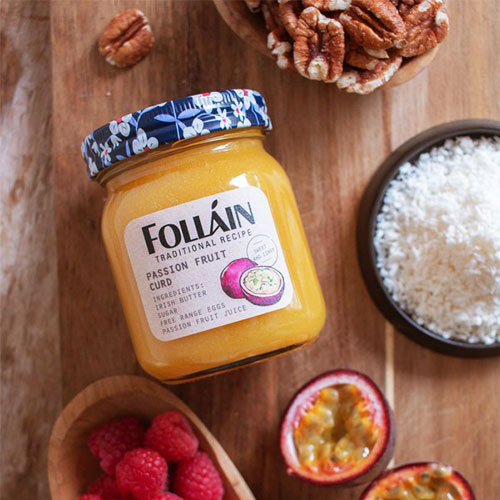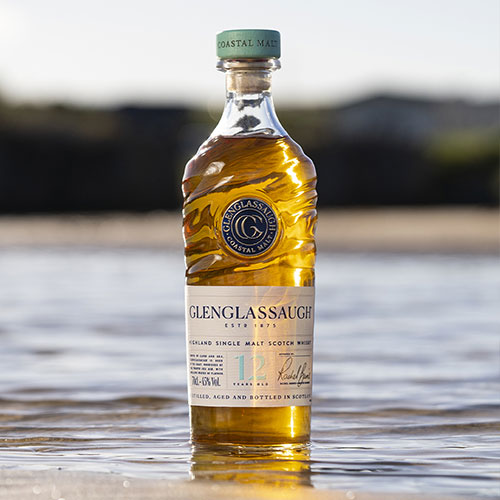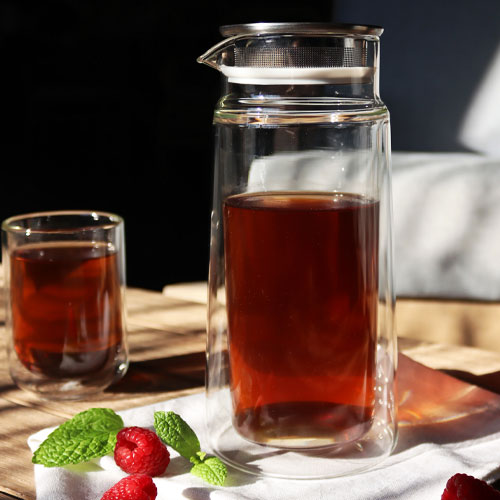THE MAKING OF TEA

What is tea made from?
All types of teas are made from the same plant, from the leaves of the tea plant or camellia sinensis of the Teaaceae family.
The tea tree is an evergreen tree that can reach a height of 10 to 15 m. It is usually pruned into shrubs about 1 m high to make it easier to pick its leaves.
You can then add leaves, flavours and other plants.
How is it made?
The youngest leaves are light green. They are the richest in substances (theine, tannins ...).
At the end of the stems is a bud covered with a whitish down, the pekoe, which in Chinese means white down. This terminal bud is particularly sought after and it is the part of the tea plant that contains the most theine and tannin. The closer the picked leaves are to the terminal bud of the stem, the better the quality of the tea! There are therefore 3 types of pickings:
- Imperial picking: terminal bud + 1st leaf.
- Fine picking: terminal bud + 2 following leaves.
- Average picking: terminal bud + 3 leaves that follow.
The leaves are harvested 1 to 3 times a year depending on the region. The tea is thus obtained after infusion of dried tea leaves.
China, India, Sri Lanka and Kenya alone account for more than 75% of world tea production. Tea is the second most consumed drink in the world after water. 25,000 cups are drunk around the world every second.
The manufacturing process:
After harvesting, the tea leaves undergo various processing steps and these will determine the type and quality of tea desired.
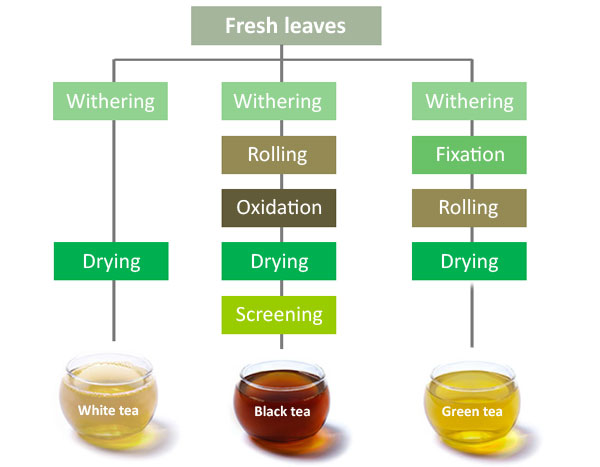
Withering: This operation follows picking and aims to reduce the water content of the leaf as quickly as possible in order to soften it and make it more flexible for the rolling stage. The leaves are often spread out on bamboo trays outside and this step takes between 18 and 20 hours.
Fixation: a key step in obtaining green tea because it will determine the colour, smell and taste of green tea. Fixation destroys the enzymes responsible for fermentation. Withered leaves are heated at a very high temperature for a few minutes. Oxidation of the leaf can no longer work.
Rolling: the shape of the final sheet (ball, stick, twist, etc.) is determined by the rolling. The leaves are rolled by hand in a tub, so the leaf cells break down and release essential oils for green tea or to aid oxidation for black teas. The more the leaves are rolled, the stronger the tea will be.
Oxidation or fermentation: this step will reveal the colour of the tea and the astringency. The more the leaf is oxidized, the darker the tea will be. The rolled leaves are spread out on trays in the open air in a hot and humid atmosphere, thus promoting an oxidizing chemical reaction.
Drying or desiccation: the aim is to remove water from the leaves and destroy the enzyme responsible for oxidation. This operation is delicate because the more the leaf will be humid, the more it will mold and the less the leaf will be wet the less the leaf will be aromatic. Desiccation is often done with hot air up to 90 degrees.
Screening or sorting: the leaves are sorted according to their size and quality (whole or broken leaves).
Mixing and flavouring
Difference between flavored and fragrant
The so-called "flavoured" tea is a tea to which aromatic substances have been added. This process developed in Europe in the 1960s. Earl Grey tea, invented in England in the 18th century, is made from Indian black tea and essential oil of bergamot.
Different combinations of fruits, spices, flowers, candies, essential oils, peels, etc. are possible.
The designation of scented tea is given to teas made from flowers, such as jasmine tea. Because for tea made from flowers, we usually do not add flavouring to give the tea a floral taste.
The manufacturing method in the country of origin is to mix freshly picked flowers with still hot and dried green tea. Then the tea will retain the aroma of the flower and give it a taste.
To summarize, scented tea can also be called flavoured tea, but not the other way around. We will not speak of citrus tea as citrus scented tea. The term scented is a condition a priori reserved for flower tea.

Make your own blends
The best way to find the right tea for you is to make it yourself. It could not be easier.
1/ Choose your tea base: green, black, white or rooibos.
2/ Choose your garnish and / or essential oil.
Here are some perfect ingredients to flavour your tea: lavender, cinnamon, dried hibiscus leaves, basil, cloves, vanilla, ginger, roses, jasmine, caramel, mint, citrus zest ...
For quantities, you can choose between 1/3 toppings and 2/3 tea leaves or 1/4 - 3/4, depending on the strength of taste you want.
3/ Mix everything.
4/ Keep the preparation in an airtight container.
Your homemade tea is ready, you just have to taste it. Remember to respect the infusion time and temperature of your water according to the variety of tea you have chosen.
Make a mint tea
Mint green tea is a symbol of North Africa, representing joy, sharing and hospitality. This drink has become one of the most famous teas along with Earl Grey tea.
The alliance of green tea and mint, offers a drink that is both delicious and good for health.
It is very easy to make mint tea yourself.
The packaging of tea
Sachets
Loose leaf
How to store your tea properly?
Like any other food product, tea is a perishable product. The shelf life varies from tea to tea.
After opening a tea bag, a shelf life of 12 to 18 months should not be exceeded for green teas. Black teas can be stored for up to 2 years.
There is no risk in consuming tea after its best before date. However, teas stored too long will lose their aromatic richness.
Tea should be stored in an airtight container away from heat, light and moisture.
Place the tea in a cool, dry place, avoiding the top of the hob or sink.

